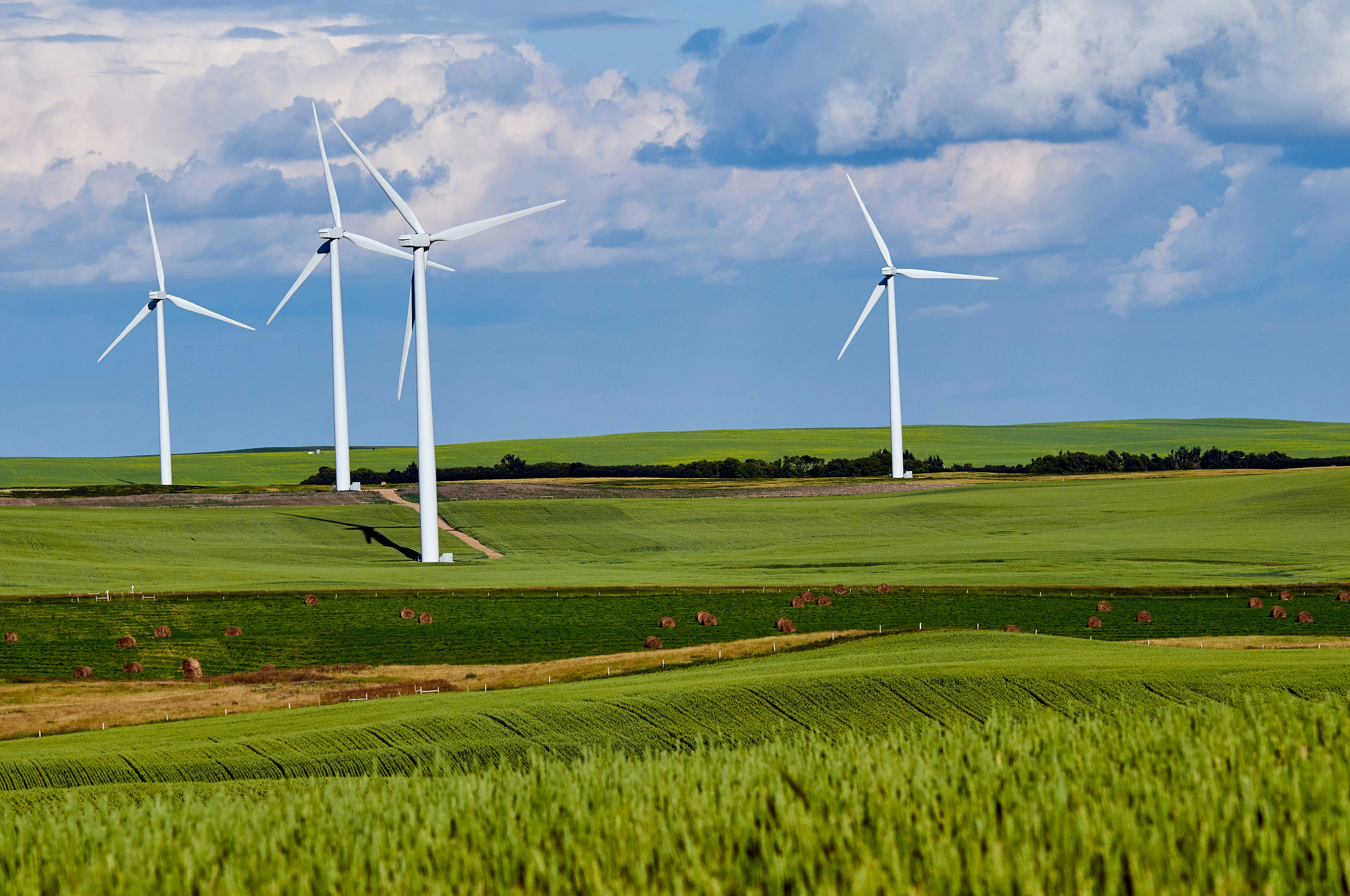In 2021, over 18 million Latin Americans and Caribbeans residing in 4.6 million households had no electrical coverage. This gap is primarily attributed to the absence of electrical connections in rural areas, affecting 3.5 million households.
Sustainable electrification

CAF finances projects for electricity generation from renewable sources to improve rural and urban electrification and ensure environmental sustainability in Latin America and the Caribbean.
It is estimated that electricity generation projects from renewable sources financed by CAF have reduced GHG emissions by almost 4 million tons of CO2 equivalent since they began operating, 1.1% of the total emissions from electricity generation in the beneficiary countries.




Countries in Latin America and the Caribbean (LAC) have achieved nearly universal residential electrical coverage by moving from 90% connection to electricity distribution networks in 2001 to 98% in 2021.
Despite these advances, a significant gap remains in 2021, over 18 million Latin Americans and Caribbeans residing in 4.6 million households had no electrical coverage. This gap is primarily attributed to the absence of electrical connections in rural areas, affecting 3.5 million households.
These challenges in electrification are compounded by environmental concerns: LAC accounts for 10% of global CO2 emissions, its share has increased in recent decades. Urgent mitigation measures are needed to achieve the emission reduction targets set within the framework of the Nationally Determined Contribution (NDC) and to prevent further global temperature increases, which come with economic and social damages.
The countries in the region face a triple challenge: investing in electrification, which is essential for economic growth; incorporating energy infrastructure that enables low-carbon electricity generation, which is necessary to protect the environment; and including the most disadvantaged populations, especially those living in rural areas, crucial to leaving no one behind.
Between 2014 and 2023, CAF financed 11 renewable energy projects with a total amount of USD 347 million which increased rural and urban electrification in the region. These projects involved the construction, commissioning, and maintenance of six windfarms, 26 solar plants, and two hydroelectric power plants.
Based on our calculations, these projects would contribute to 2,850 GWh of electricity generation per year, which is equivalent to supplying energy to a total of 1.1 millions of families.
CAF available evidence suggests significant positive impacts in terms of economic growth and development, reflected in better labor indicators (increased employment and income), productivity (increased industrial production), living conditions (reduced energy consumption), health (reduced respiratory and eye diseases), education (increased study time and school attendance), and environmental aspects (improved air quality and reduced CO2 emissions).
Regarding the impact on the environment, it is estimated that renewable electricity generation projects financed by CAF reduced GHG emissions by a total of 4 million tons of CO2 equivalent from the start of each project until 2022—equivalent to a benefit ranging from USD 169 million to 937 million, contributing to LAC’s mitigation targets within the framework of the NDCs.
Highlights
In 2021, over 18 million Latin Americans and Caribbeans residing in 4.6 million households had no electrical coverage. This gap is primarily attributed to the absence of electrical connections in rural areas, affecting 3.5 million households.
Latin America and the Caribbean as a region account for 10% of global CO2 emissions.
Since 2014, CAF financed 11 renewable energy projects with a total amount of USD 347 million.
The renewable energy projects financed by CAF would contribute to 2,850 GWh of electricity generation per year, which is equivalent to supply ingenergy to a total of 1.1 million of families.
These renewable electricity generation projects financed by CAF reduced GHG emissions by a total of 4 million tons of CO2equivalent (tCO2eq) from the start of each project until 2022.









